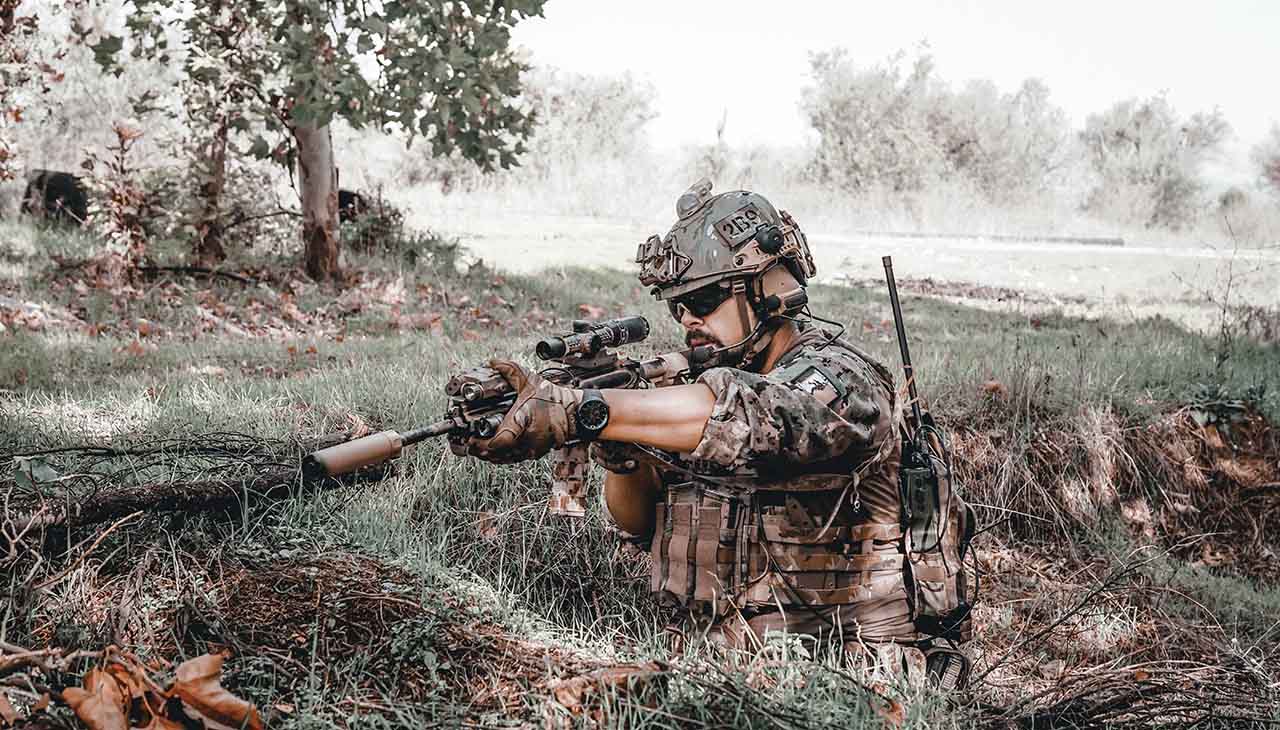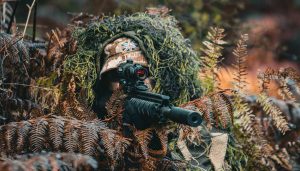Maximizing the Hunt: Effective Strategies for Pheasant, Quail, and Chukkar Hunting
Welcome to “Maximizing the Hunt: Effective Strategies for Pheasant, Quail, and Chukkar Hunting.” In this guide, we will explore various hunting techniques, pre-hunting preparation, and strategies to ensure successful hunts. We’ll delve into the intricacies of tracking and hunting these specific bird species, pick up useful tips on using different hunting equipment, and learn about habits and habitats of these game birds. This comprehensive guide aims to equip you with the knowledge and skills to make your hunting experience more enjoyable, rewarding and safe.
Understanding the Game Birds
Characteristics and Behavior of Pheasants, Quails, and Chukars
Pheasants, quails, and chukars are unique game birds, each with distinct characteristics and behaviors. Pheasants are known for their loud calls and long, pointed tails. They are strong runners and prefer to escape on foot rather than taking flight. Quails, on the other hand, are small, round birds that are highly social, often found in groups called coveys. They have a distinctive call that sounds like a chirp. Chukars are medium-sized birds, recognized by their distinct black and white bars on the flanks and a black band running across the forehead to the eyes.
Habitat Preferences and Nesting Habits
The habitat preferences of these birds vary greatly. Pheasants prefer agricultural lands, grasslands, and wetlands, where they nest on the ground in tall grass or under shrubs. Quails favor brushy woodlands, grasslands, and suburban areas, making their nests in hollow depressions on the ground, lined with grass and leaves. Chukars are found in arid, rocky terrain in the wild. They nest in grassy depressions, usually against rocks or under shrubs, providing a natural shelter against predators.
Pre-Hunt Preparation
Researching Hunting Locations and Regulations
Before setting out on your hunting journey, it’s crucial to do some research on the best locations to find your targeted game birds. Each species—pheasants, quails, and chukars—have specific habitat preferences, and understanding these can significantly improve your success rate. In addition, make sure to familiarize yourself with local hunting regulations. These laws are designed to conserve wildlife populations and ensure ethical hunting practices, and they often vary by state or region.
Gathering Necessary Permits and Licenses
Acquiring the necessary permits and licenses is a mandatory part of pre-hunt preparation. The type of permits you need will depend on the location and species you plan to hunt. Generally, you will need a hunting license, and in some cases, you may need additional permits or stamps for specific game birds. Remember to carry these documents with you at all times during your hunt.
Securing Appropriate Hunting Gear and Equipment
Equally important is gathering the appropriate hunting gear and equipment. This includes suitable clothing for the weather and terrain, reliable hunting boots, and the correct type of firearm or bow for the species you’re hunting. Binoculars can be useful for spotting birds from a distance, and a hunting dog can be a valuable companion, particularly for pheasant hunting. Always remember that safety is paramount – wear blaze orange to make yourself visible to other hunters and carry a first-aid kit in case of emergencies.
Scouting Techniques
Identifying Prime Hunting Areas
Identifying prime hunting areas is crucial for a successful hunting expedition. For pheasants, look for areas with a combination of crop fields, grasslands, and wetlands. Quails favor brushy vegetation near water sources in grasslands or woodlands. Chukars are typically found in rocky, arid terrains with sparse vegetation.
Recognizing Signs of Bird Activity
To recognize signs of bird activity, pay close attention to tracks, droppings, and signs of feeding. Pheasant tracks are pointed and relatively large, visible in soft or muddy ground. Quail droppings are round pellets, often found near bushes or other cover. Chukar signs include unique footprints and feathers, typically found around rocky outcrops and slopes.
Using Technology for Scouting
In the modern era, technology can greatly aid your scouting efforts. GPS can help you map out your hunting area, understand the terrain, and mark locations of previous bird sightings. Game cameras can provide invaluable information about the birds’ daily patterns, allowing you to plan your hunt more effectively. Remember to use these tools ethically, respecting local regulations on their usage in wildlife areas.
Covering Ground
Choosing the Right Hunting Dog Breed and Training
Selecting the right hunting dog breed can make a significant difference in your hunting success. Breeds like the Labrador Retriever, English Springer Spaniel, and German Shorthaired Pointer are known for their keen sense of smell and relentless drive, making them excellent choices for bird hunting. Training your hunting dog is equally important. A well-trained dog will respond to commands, retrieve downed birds, and even flush game from hiding spots. Consider professional training programs for best results.
Utilizing Effective Hunting Tactics
Effective hunting tactics such as flushing and pointing can dramatically increase your success rate. Flushing involves disturbing the birds, causing them to take flight and present a clear shot. Hunting dogs can be particularly useful for this purpose. Pointing, on the other hand, is when a dog detects game and ‘points’ towards it, allowing the hunter to approach and flush the bird. Both tactics require a high degree of coordination between the hunter and dog.
Employing Teamwork and Communication Among Hunting Party Members
Hunting is often a team effort, and good communication is vital. When hunting in a group, establish a clear plan and maintain regular communication. This can help avoid accidental injuries, ensure each member knows their role, and increase the team’s overall efficiency. Walkie-talkies or headsets can be a great investment for maintaining communication over long distances. Above all, respect each other and the game you’re pursuing for a successful, enjoyable hunt.
Shot Placement and Ethical Hunting
Understanding Ideal Shot Angles and Distances
The success of your hunt largely depends on your understanding of shot angles and distances. Each bird species presents a unique challenge. For pheasants and quails, a side-on or quartering-away shot is often the most effective, aiming for the center of mass to ensure a clean, humane kill. The distances will vary, but generally, a range of 20-40 yards is most common for shotguns. For chukars, due to their arid, elevated habitats, you may need to take longer shots, making an understanding of your weapon’s range crucial.
Practicing Proper Shooting Techniques and Accuracy
Proper shooting techniques and accuracy are essential for ethical hunting. Consistent practice can significantly improve your shooting skills. Focus on maintaining a smooth swing, following through after pulling the trigger, and staying relaxed during the shot. Regularly practice shooting clay pigeons or similar targets to mimic the flight patterns of game birds. Investing in a quality shotgun that fits you well can also enhance your accuracy.
Upholding Ethical Hunting Principles and Respect for the Animals
Ethical hunting principles go beyond the law, encompassing respect for wildlife, the environment, and other hunters. Always aim for a quick, humane kill and refrain from taking speculative shots that might merely wound the bird. Respect the bird’s habitat by following the Leave No Trace principles, and ensure any hunting dogs are well trained to avoid unnecessary stress to the game. Remember, hunting is not just about the kill, but also about appreciating nature and the challenge of the hunt.




